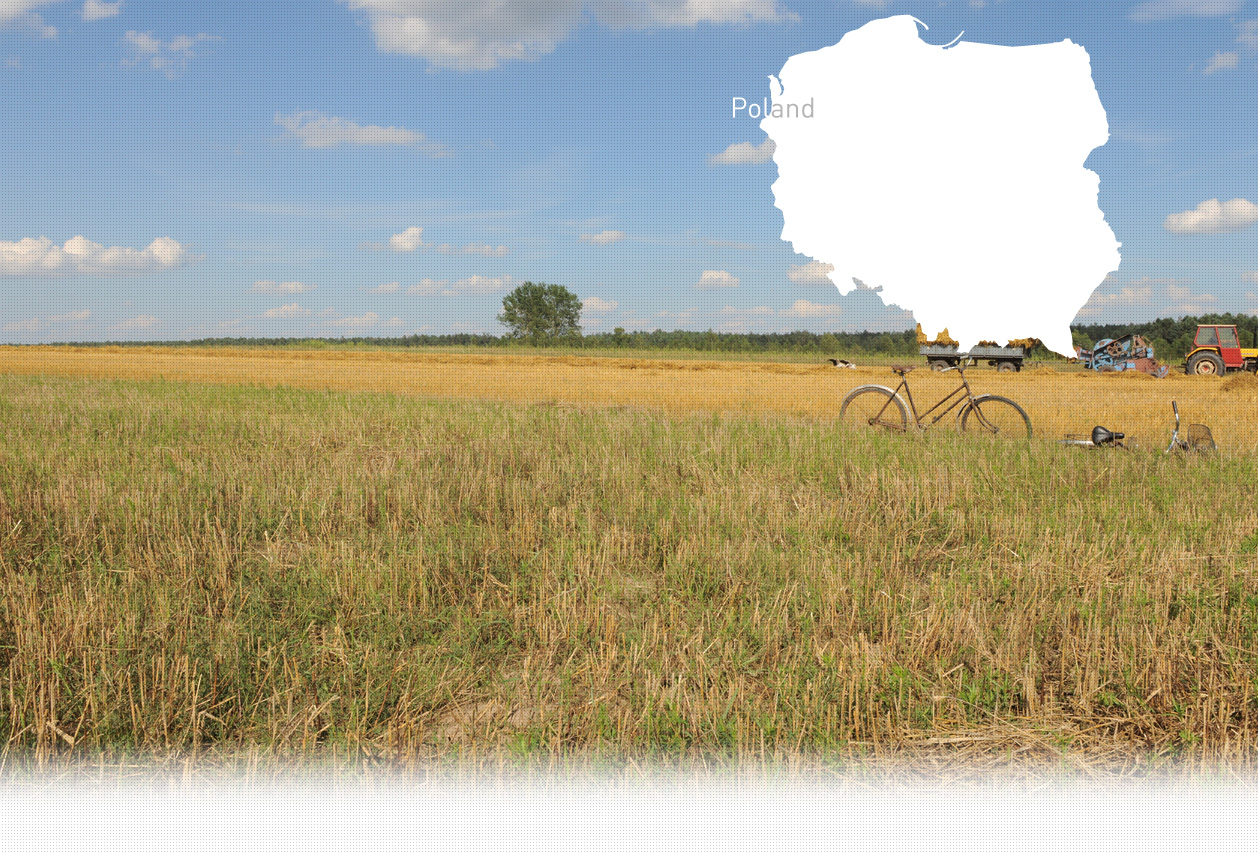

2 Killing site(s)
Marian K., born in 1932: “Y.U. : Could you please tell us how Slamka and other Jews were shot?
W : Not far away from here, there was a prison, we called it ciupa. On Sunday, about 5am, my uncle, my mother’s brother, told my father: “Common, Wlodek, wake up. They will slaughter your friend.” It was 5am. I went outside with others boys as well, but they all have passed away. The Jews were taken by Germans by that street until that point. [Note: Interview is recorded on the execution site] Back then there was a hill over here and that is where they were shot. There were many silo pits where people used to stock potatoes. The Jews were buried in those silo pits. […]
Y.U. : Did it happen during the daylight ?
W : Yes, it was during the day. They might have took one hour to gather all the Jews and bring them here. I remember screaming to Slamka: “Saveyourself!”, but they were all so exhausted that they didn’t have any energy to run. Can you imagine how is it to spend about four years hiding in the pits dug in the ground?! They stayed in hiding at least for three years. The Germans remained here for four years, didn’t they? The Jews stayed in hiding during the winter. When the Germans found them, they wanted to take them away by cart. However, some of the Jews refused to go out of their hiding places. So, the Germans threw the branches on fire inside the holes to make come to the surface.” (Testimony n°318, interviewed in Śniadowo, on May 14, 2014)
Name of the camp: ghetto
Location of the camp: village of Sniadowo
Dimension of the camp: 4,000m2
Date of creation: October 1939
Date of liquidation: 1943
Witness: Boleslaw D., aged of 47, wojt of Rutki The ghetto numbered about 217 Polish Jews.
There were several workshops inside the ghetto (sewing workshop, shoe making workshop, etc.) where the Jews worked. They were as well subjected to perform different work outside the ghetto, for instance they worked at the railway station. [USHMM, RG- 15.019M, reel 14, 46/76, pp. 1– 2.]
Sniadowo is a village located in Podlaskie Voivodeship, 20 kilometers north from Ostrow Mazowiecka and 90 kilometers west from the capital of the region – Bialystok. Jews started to settle in the village in the second half of the 16th century. A synagogue, which was later burned by the Russian army during the war, was probably constructed in 1760s. In the early year of their settlement in Sniadowo, Jews were mostly craftsmen and small traders. With the development of the town in the 19th century they became shop and financial institutions owners. In 1921 there were 326 Jews living in the village. There was also a Jewish cemetery and a Jewish school, arranged in one of the Jewish houses.
German army appeared in Sniadowo in September 1939 and occupied it for three weeks. An unknown number of male Jews and non-Jews was deported to a forced labor camp before the Red Army entered the village. Sniadowo was reoccupied by the German army on the 22nd of June 1941. Jews were being persecuted immediately after that. Thus, about 50 Jewish men were rounded up and taken to be shot in a forest near the road to Ostrow Mazowiecka. In October 1941, according to some other sources it was in August 1941, the Germans established an opened ghetto located on two streets. All the Jewish inmates fit to work were subjected to perform forced labor either in the artisanal workshops located on the territory of the ghetto or outside, at the railway station. Throughout the existence of the ghetto there were isolated killings of the Jews. The ghetto was liquidated on November 2nd, 1942 when the majority of Jews were rounded-up and deported to the Zambrow transit camp, and then to Auschwitz extermination camp along with other inmates, where 80% of them were immediately gassed. Those who tried to escape during the liquidation were shot on the spot. After liquidation many Jews stayed in hiding but if they were discovered they were shot dead.
Do you have additional information regarding a village that you would like to share with Yahad ?
Please contact us at contact@yahadinunum.org
or by calling Yahad – In Unum at +33 (0) 1 53 20 13 17